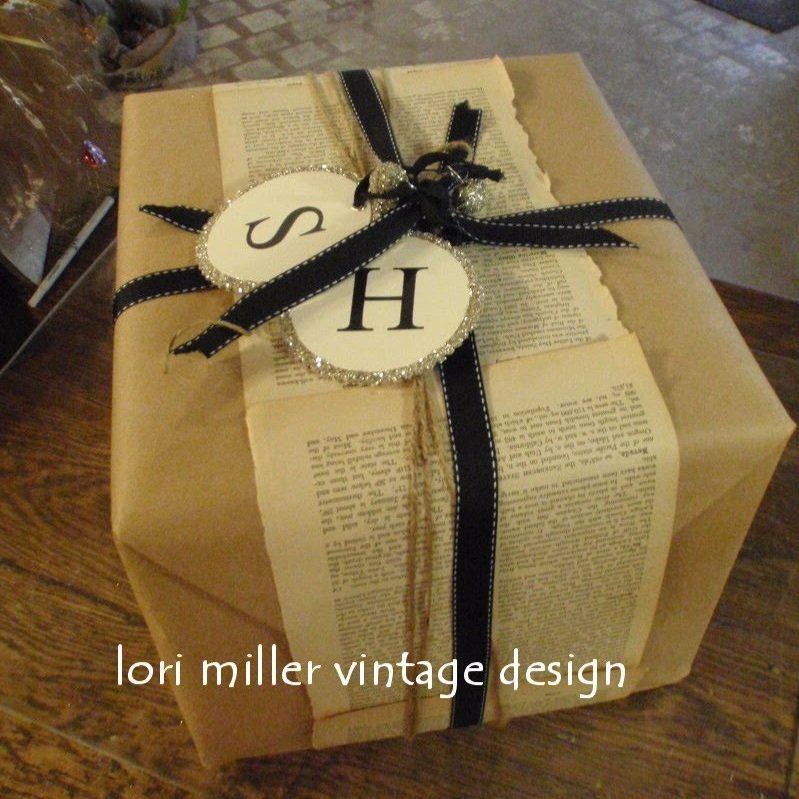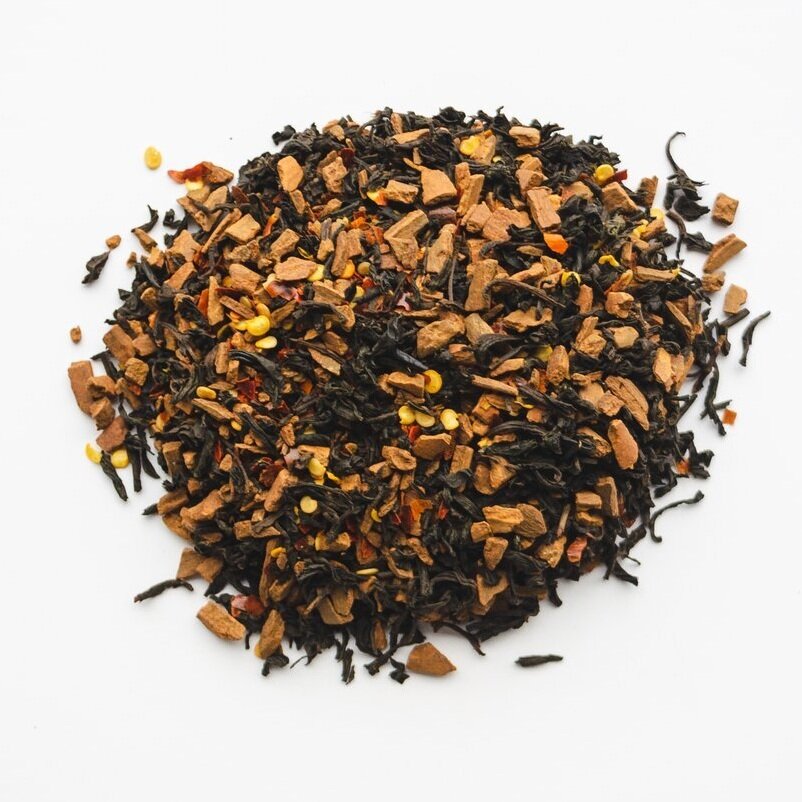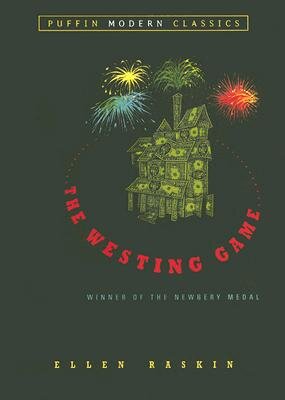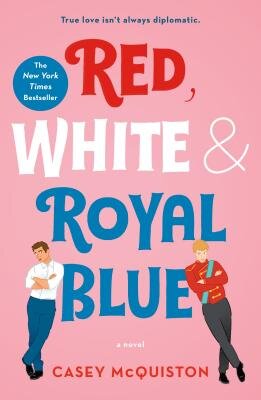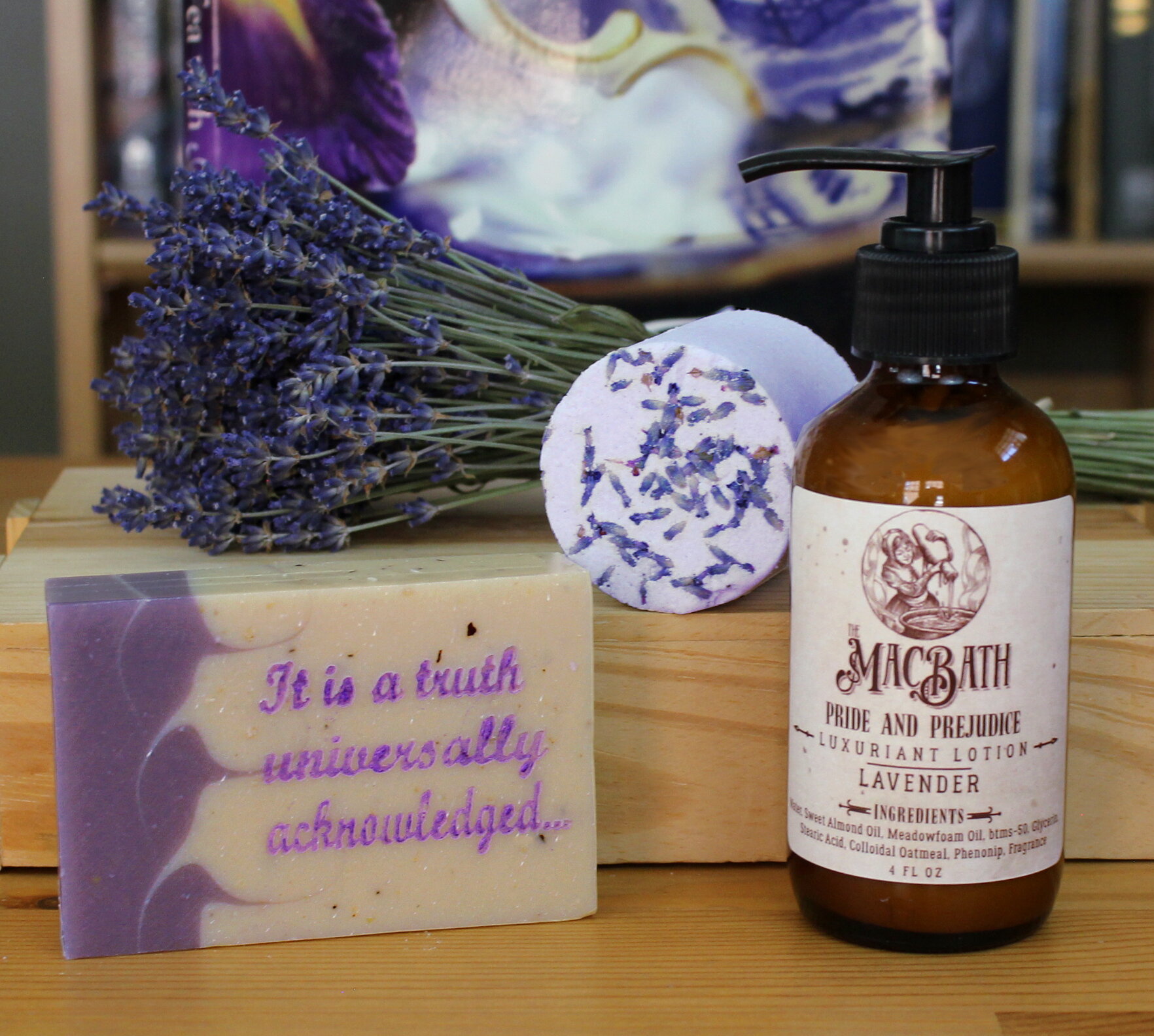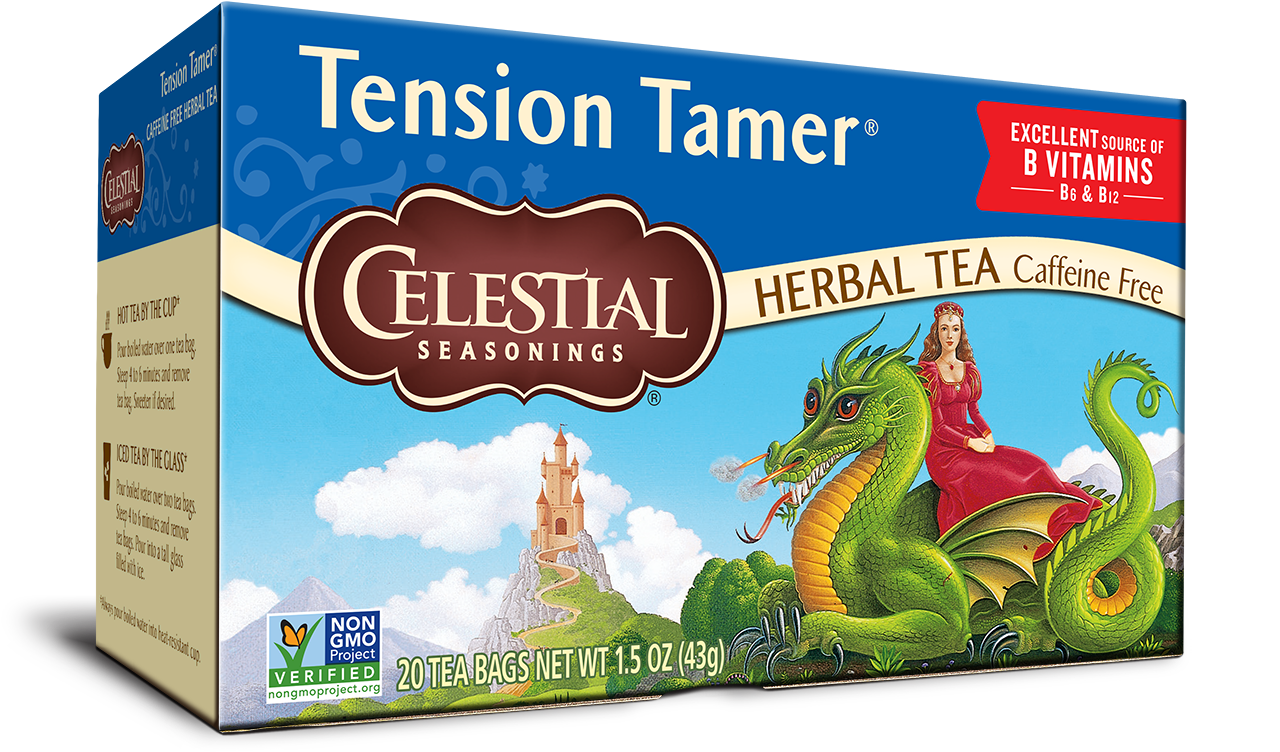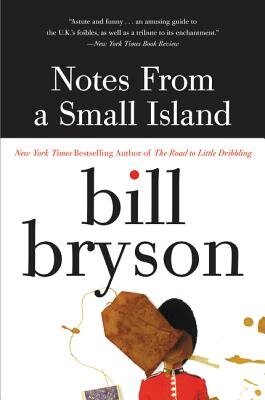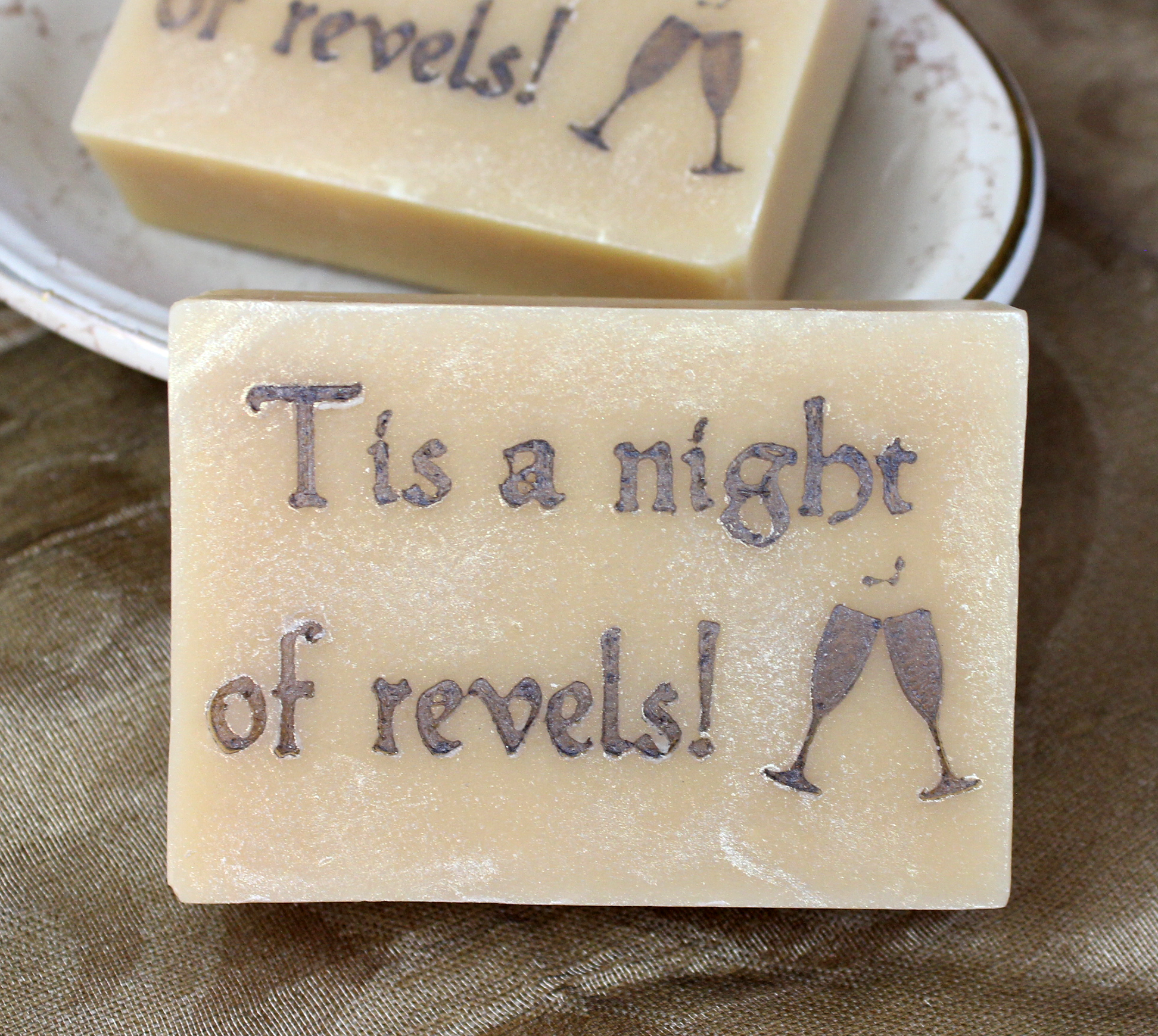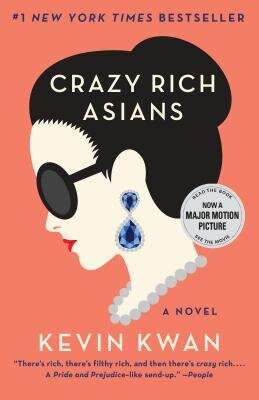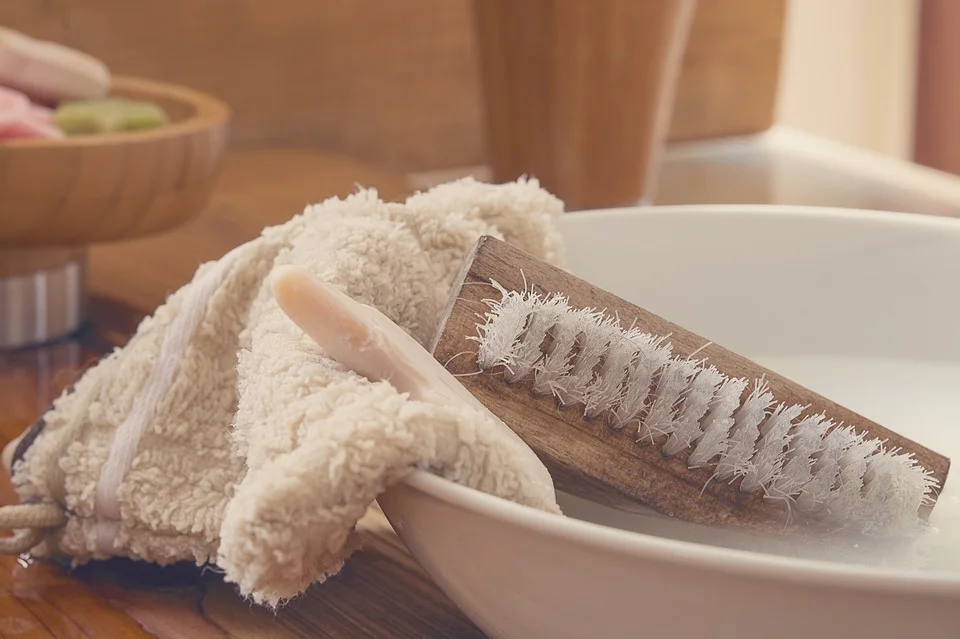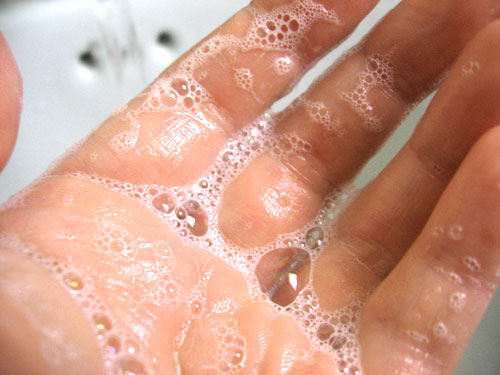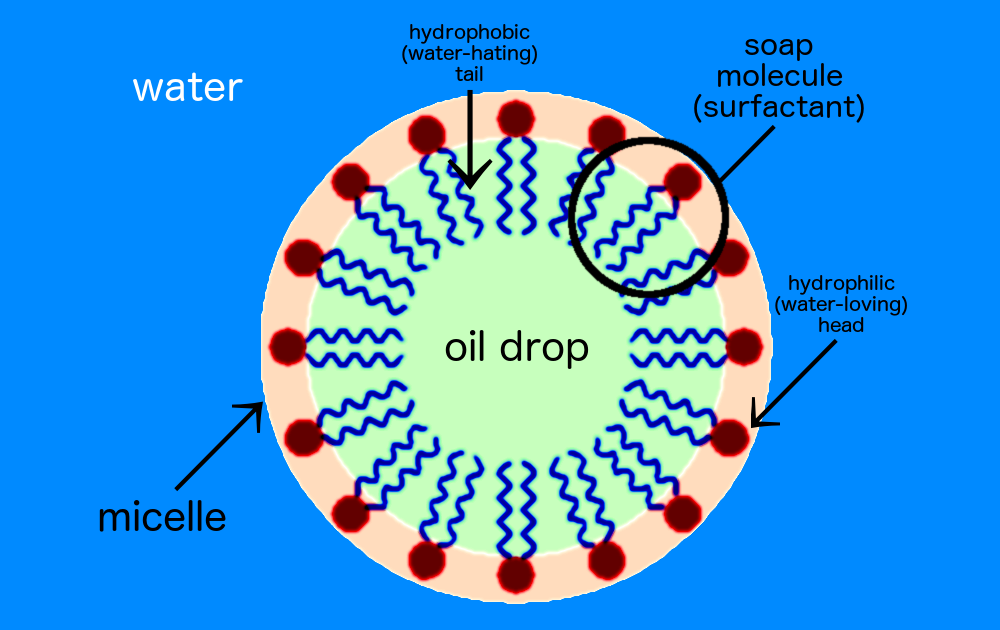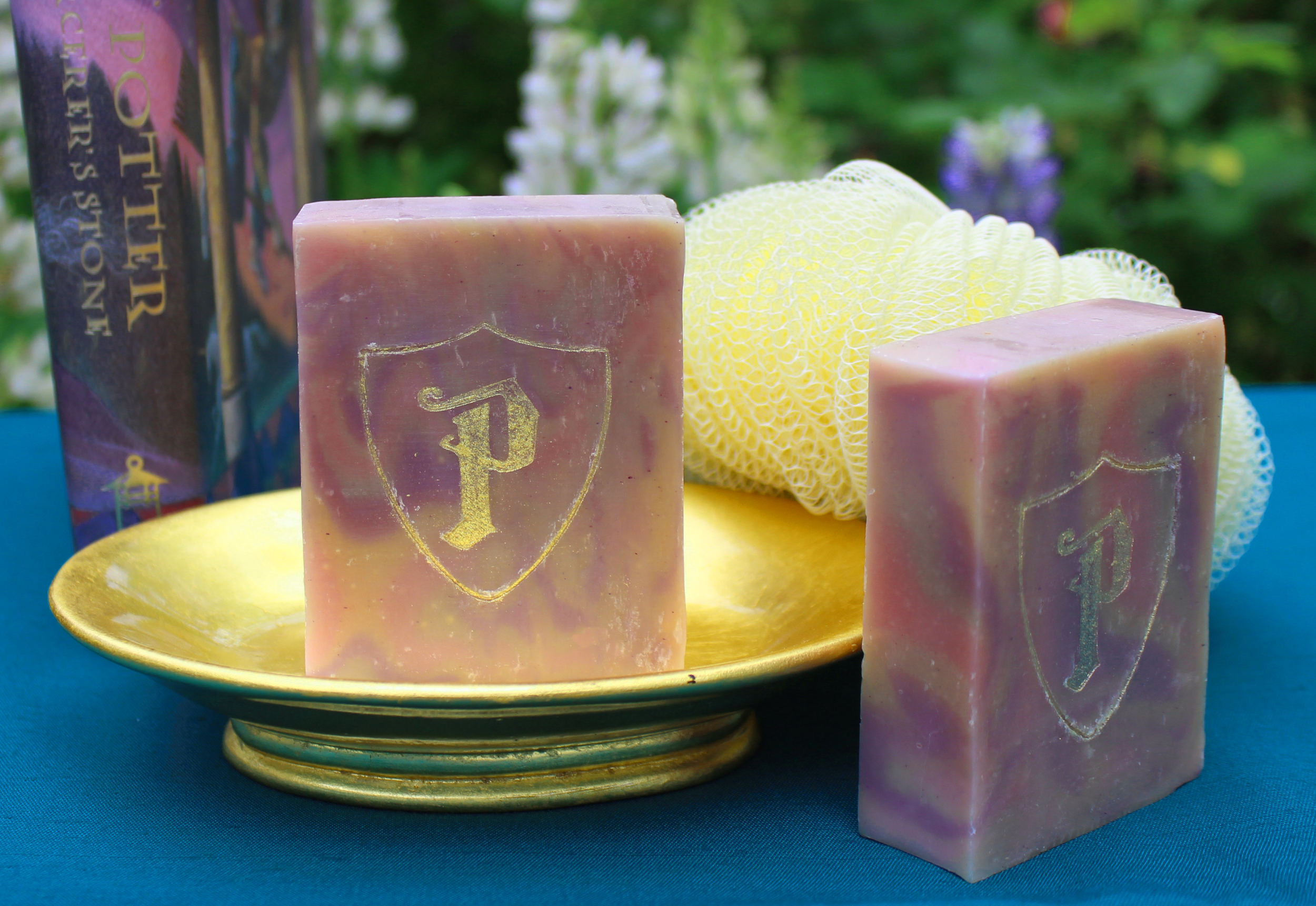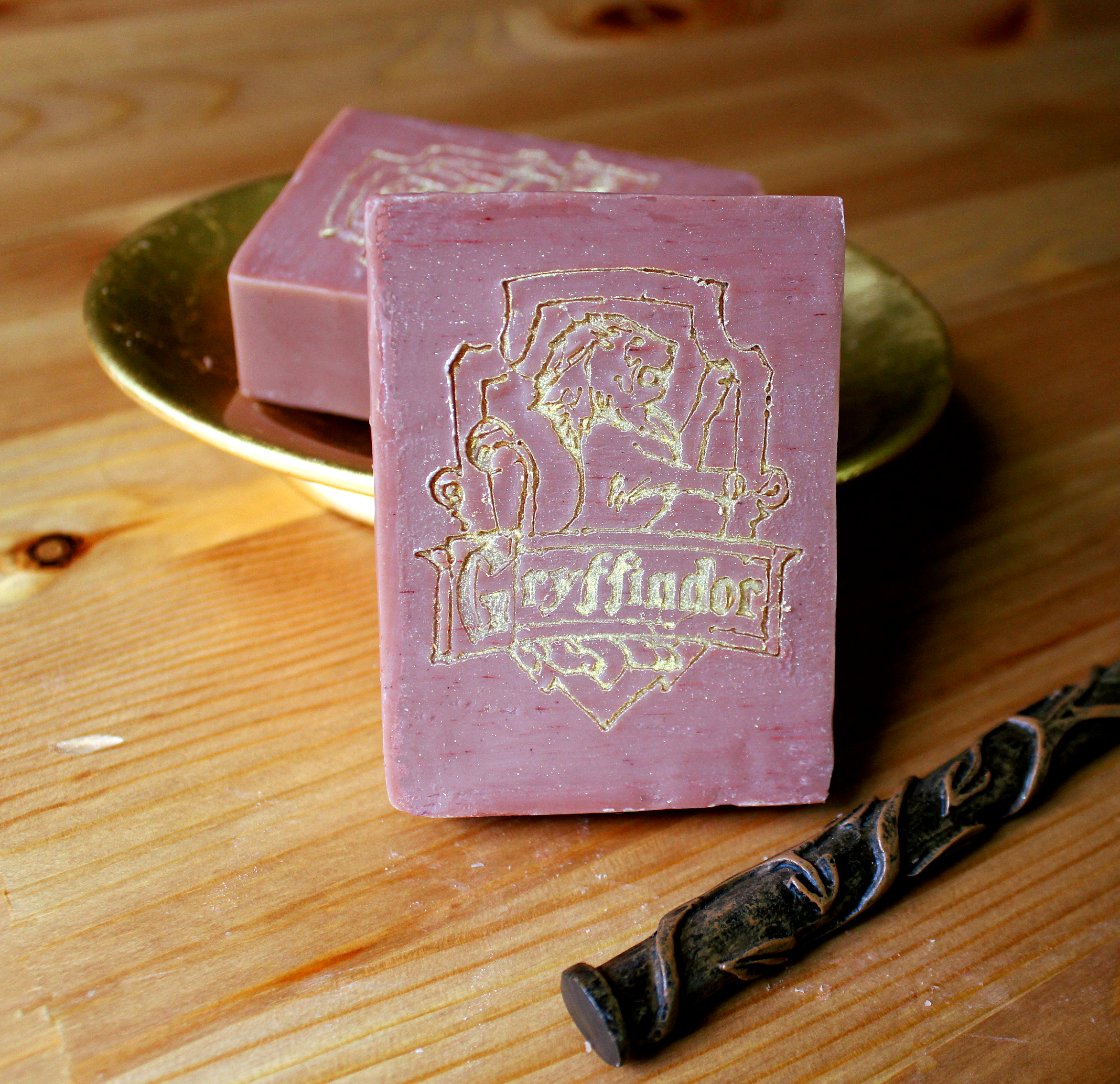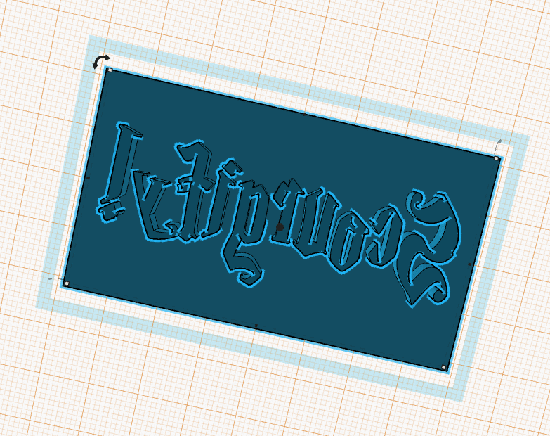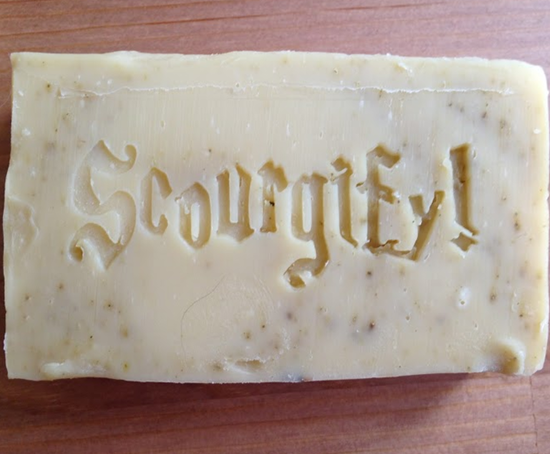This all makes rose oil crazypants expensive. 10ml (that’s milliliters y’all — ten of em are about two teaspoons) costs about $50. Every bar of MacBath soap has about 6ml of fragrance, so you can see how the cost can easily skyrocket. That’s why in every personal care product on the market, unless you’re buying something reeeeally expensive (for example, this 3 ounce face mask for $62), you’re going to find human-created rose fragrance or a blend.
So how does that work? What does it mean to have a “fragrance blend” that still smells like roses?
Fragrances are built by first categorizing scents according to notes. A note refers to the order in which your nose smells each individual scent when the perfume or fragrance blend is applied to your body — either top, middle, or bottom, with top coming first.
“But wait,” I hear you say. “How can I smell things in an order, when it’s all one big mix of fragrances? Whether it’s coming from a bottle or a bar, or applied to my skin, it has to travel the same distance to my nose, right? No! Different individual scents come from molecules with different weights. Scents like sandalwood, patchouli, and vanilla (bottom notes) tend to come from heavier molecules, that stay on your skin longer and take longer to reach your nose. Whereas things like citrus, spearmint, and cinnamon (top notes) come from lighter molecules, so they evaporate quickly and reach your nose immediately. Keen chemistry students (and those who have ever made pasta) will remember that heat can also make things evaporate. So while you might smell a “top note” right after opening the bottle, the “middle note” or “heart note” is only released once the fragrance is warmed by being applied to your body. Lavender, rose, pine, or geranium tend to make good middle notes. Last, the “bottom” or “base note” is the scent that lingers on your skin the longest, due to it’s heavier molecular weight. Perfumes with stronger base notes linger the longest, but you want a fragrance to have great top and middle notes as well. Those create your first impression of the fragrance — and thus a first impression of you when you wear it.


